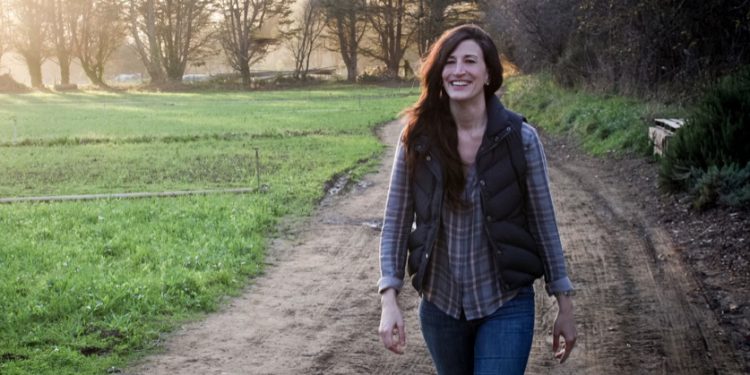A Bloomberg feature explores disruption to the US food supply chain as as volunteers intervene to match food, unwanted by restaurants during Covid-19 lockdowns, to the needs of the poor.
Food waste contributes anywhere between 6% and 10% of global greenhouse gas emissions. All of the world’s food waste taken together creates about the same climate emissions as India. That’s in part because food waste in landfills releases methane, a much more potent greenhouse gas than carbon dioxide.
If food organizations can tap into the shock engendered by images of scuttled harvests and dairy products during the early days of the pandemic, they could drive lasting transformation in food waste and climate change.
“Certainly, it has made some things that were invisible more visible,” says Emily Broad Leib, faculty director of Harvard University’s Food Law and Policy Clinic, speaking about the pandemic. Among them: the inflexibility of the food chain, the large numbers of Americans on the edge of hunger, the risky roles of workers in food processing, the incentives set up to deliver food in set ways, the damage food waste does to the environment.
Full Harvest, a San Francisco-based startup, normally finds buyers for imperfect produce like mushy tomatoes or brown spotted lettuce. It recruits farmers to post products on an online marketplace it operates—and also invites food and beverage companies to use that same marketplace to buy the produce, which ends up in chips, juices and sauces.
In March, a farmer in the network reached out to chief executive officer Christine Moseley, asking for urgent help with crops that buyers no longer wanted. At the same time, she heard from people who were seeing reports of exploding food waste along with exploding demand at food banks.
“This pandemic has shone a light on the food system and how many improvements are needed,” Moseley says. “You have this system that is mostly offline, that is slow and opaque.”























